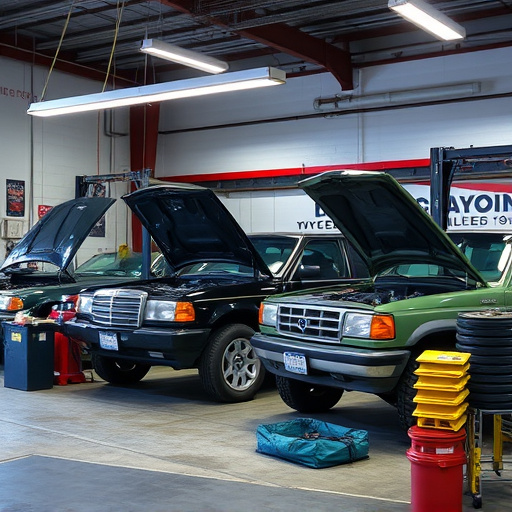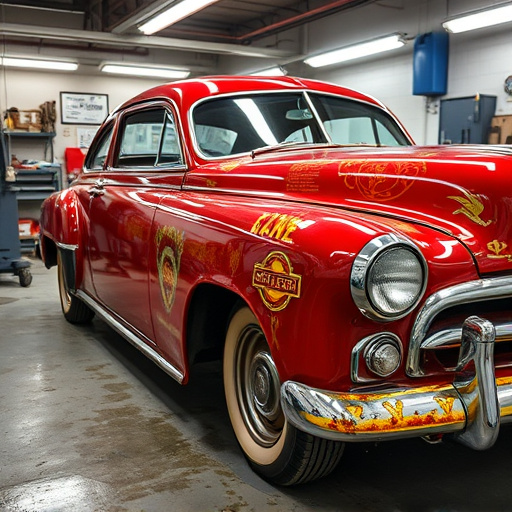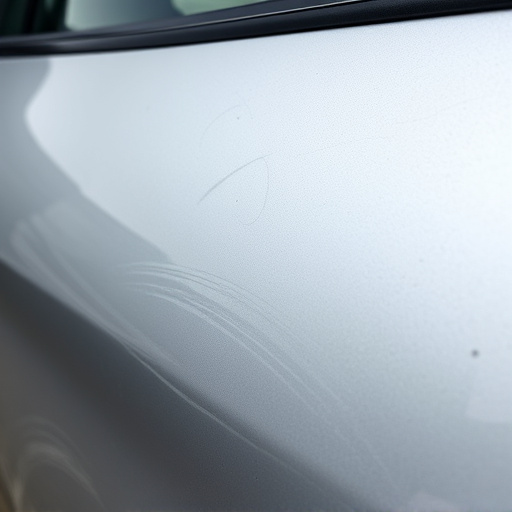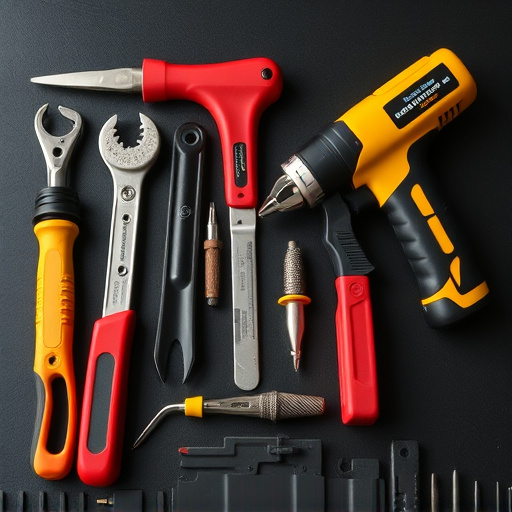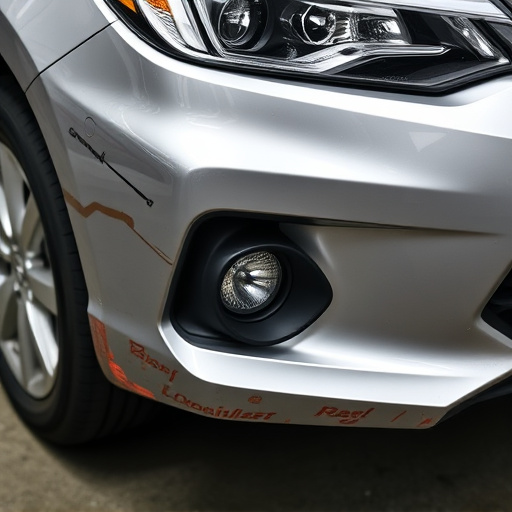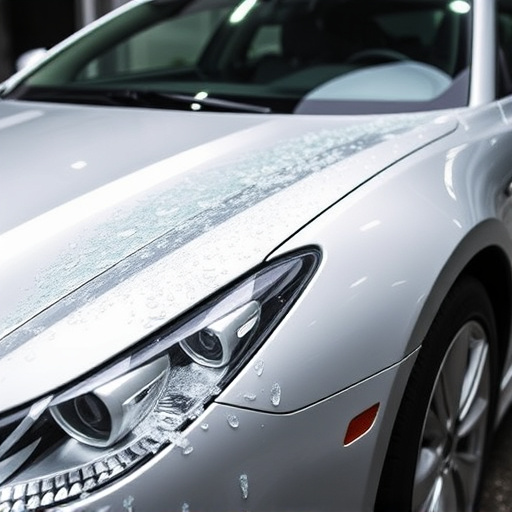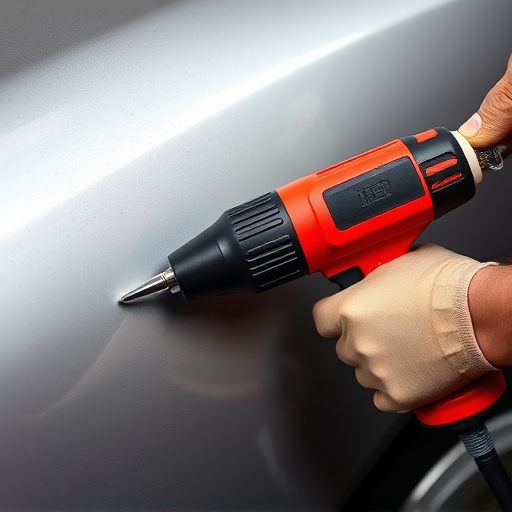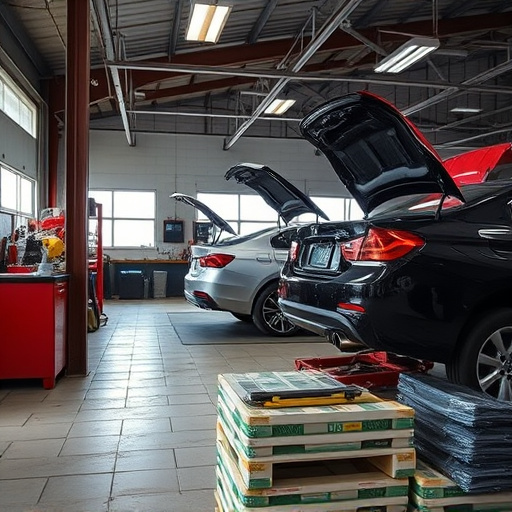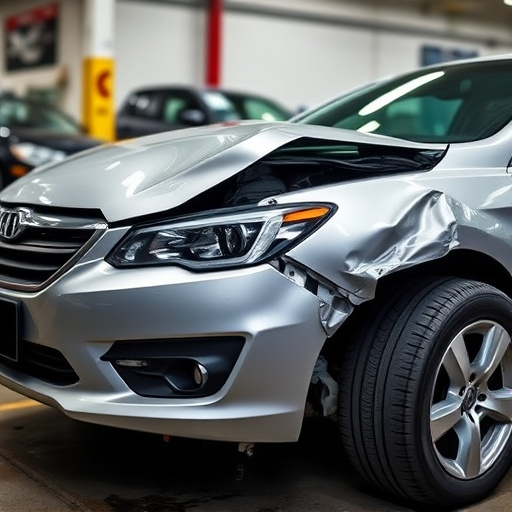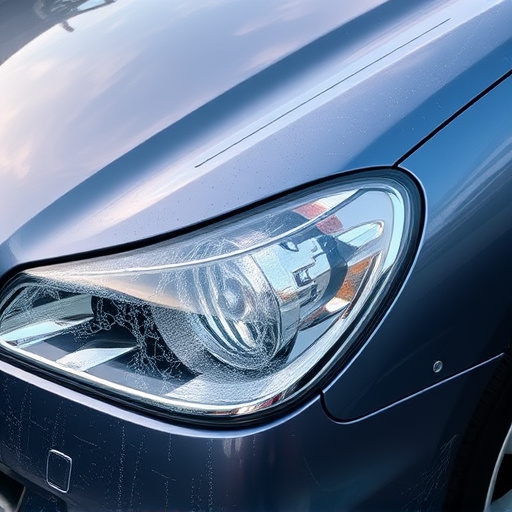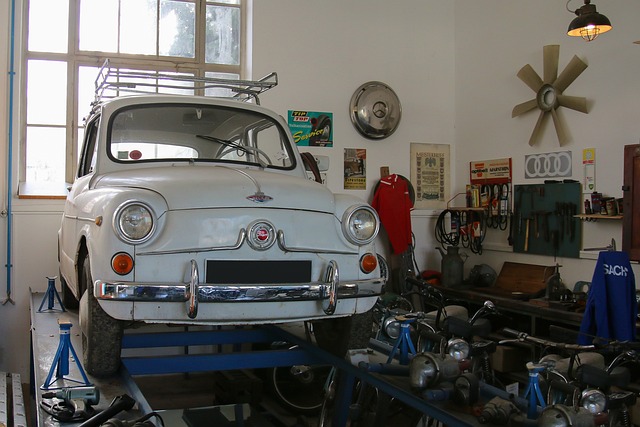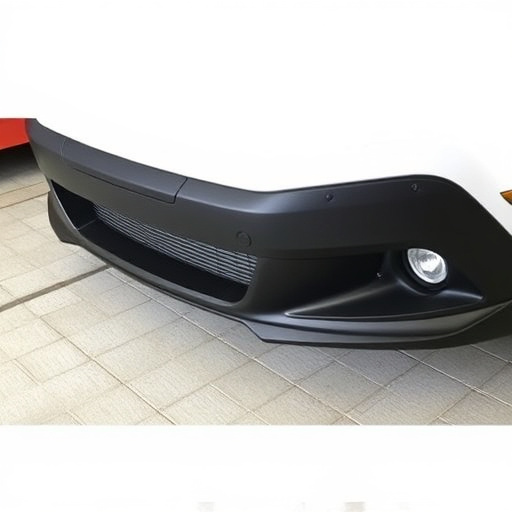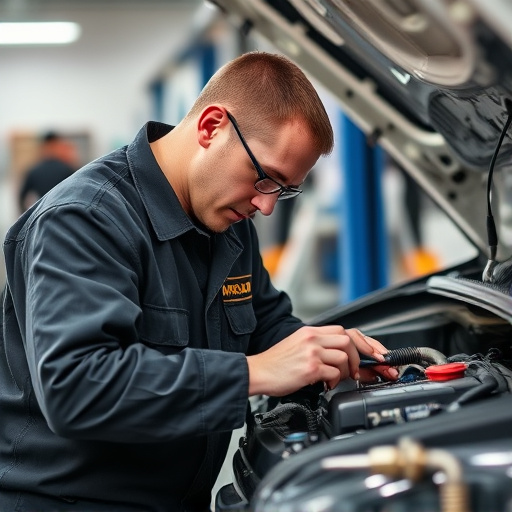Accurate auto body shop parts replacements rely on understanding unique dimensions, shapes, finishes, and part numbers for seamless integration. Matching paint codes using advanced tools ensures precise color matches, preserving original appearances. Meticulous testing and fitting, including alignment checks, specialized color analysis, and structural integrity verification, are vital for high-quality repairs, especially for luxury vehicles.
When replacing auto body shop parts, achieving a flawless finish requires precise paint matching. This comprehensive guide navigates the process, from deciphering intricate part specifications to mastering color codes and testing fitment. Discover the art of ensuring replacement parts harmonize seamlessly with your vehicle’s original craftsmanship. Learn how to identify the right paint combinations, achieve perfect alignment, and restore your ride’s stunning exterior, all while minimizing hassle and maximizing satisfaction in any auto body shop setting.
- Understanding Auto Body Shop Parts Specifications
- Evaluating Paint Codes and Color Matching
- Testing and Fitting Replacement Parts for Perfection
Understanding Auto Body Shop Parts Specifications
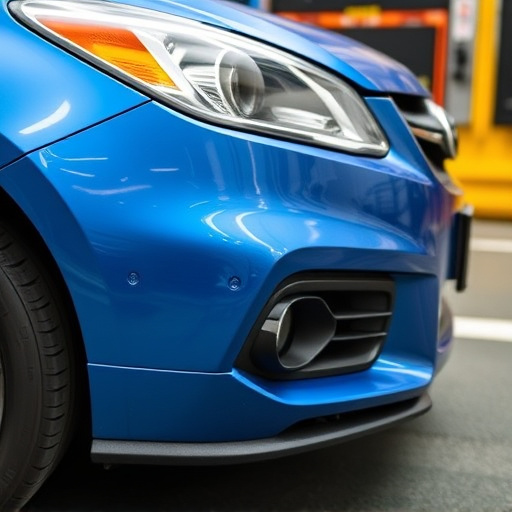
When it comes to matching paint with replacement auto body shop parts, understanding the specifications is key. Each auto body part has unique dimensions, shapes, and sometimes even subtle variations in finish that can affect how paint adheres. Before ordering or purchasing any parts, thoroughly review their specifications to ensure they align with your vehicle’s make, model, and year. This includes checking the part number, which often corresponds to specific manufacturing standards and design details crucial for accurate painting.
For classic car restoration enthusiasts and those seeking vehicle repair services, paying close attention to these specs is especially important. Fender repair, for instance, requires not just a similar-looking part but one that perfectly matches in terms of dimensions and curvature to ensure seamless integration with your car’s body. By understanding the nuances of auto body shop parts specifications, you set yourself up for more successful paint jobs and restorations.
Evaluating Paint Codes and Color Matching
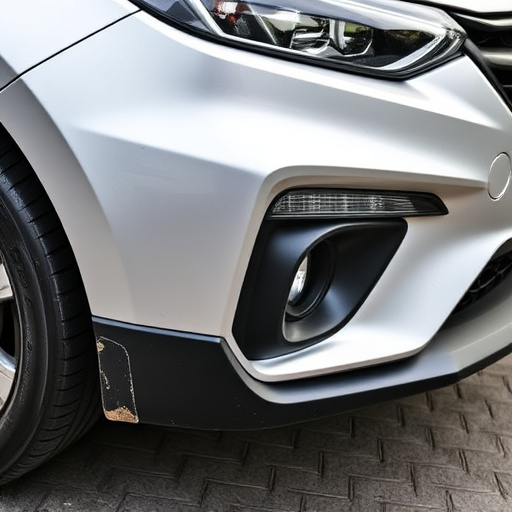
Evaluating Paint Codes and Color Matching is a critical step when replacing auto body shop parts to ensure a seamless finish. Each vehicle manufacturer uses a unique paint code system to identify specific color shades, which includes factors like base color, gloss level, and pigment. When ordering replacement parts, whether for a Mercedes Benz collision repair or general automotive repair, it’s crucial to provide the exact paint code to guarantee an accurate match. This ensures that the new part blends flawlessly with the existing car paint repair, preserving the vehicle’s original appearance.
Car paint repair professionals often use advanced tools and techniques, such as color scanners, to precisely match the paint shade. These technologies read the paint’s spectral properties, allowing for more exact matching than manual methods. Understanding the nuances of paint codes and color matching is essential for both auto body shop parts suppliers and technicians, ensuring customers receive high-quality repairs that maintain their vehicle’s aesthetic integrity.
Testing and Fitting Replacement Parts for Perfection
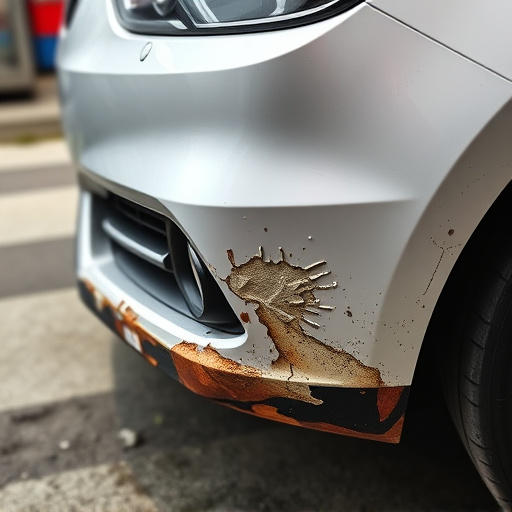
When replacing auto body shop parts, ensuring perfect match is paramount for a seamless restoration. Before installing any new components, thorough testing and fitting are essential steps in the vehicle repair services process. This involves examining the fitment, ensuring all edges align precisely and there’s no gap or overlap. The goal is to achieve flawless integration that mirrors the original manufacturing quality, especially in luxury vehicle repair scenarios where attention to detail is paramount.
Furthermore, checking paint color and texture against the existing vehicle body is crucial. A quick visual inspection may not always reveal subtle nuances, so using specialized tools for precise color matching can be beneficial. This meticulous approach guarantees not just a visually appealing finish but also ensures structural integrity, as proper fitting prevents water penetration and other environmental damages that could compromise the car’s overall condition over time.
When replacing auto body shop parts, ensuring precise paint matching is paramount for a seamless restoration. By understanding part specifications, evaluating paint codes, and meticulously testing fittings, you can achieve a flawless finish that blends original with replacement components. This meticulous approach guarantees not only aesthetic satisfaction but also structural integrity, making it an indispensable practice in the world of automotive repairs.

